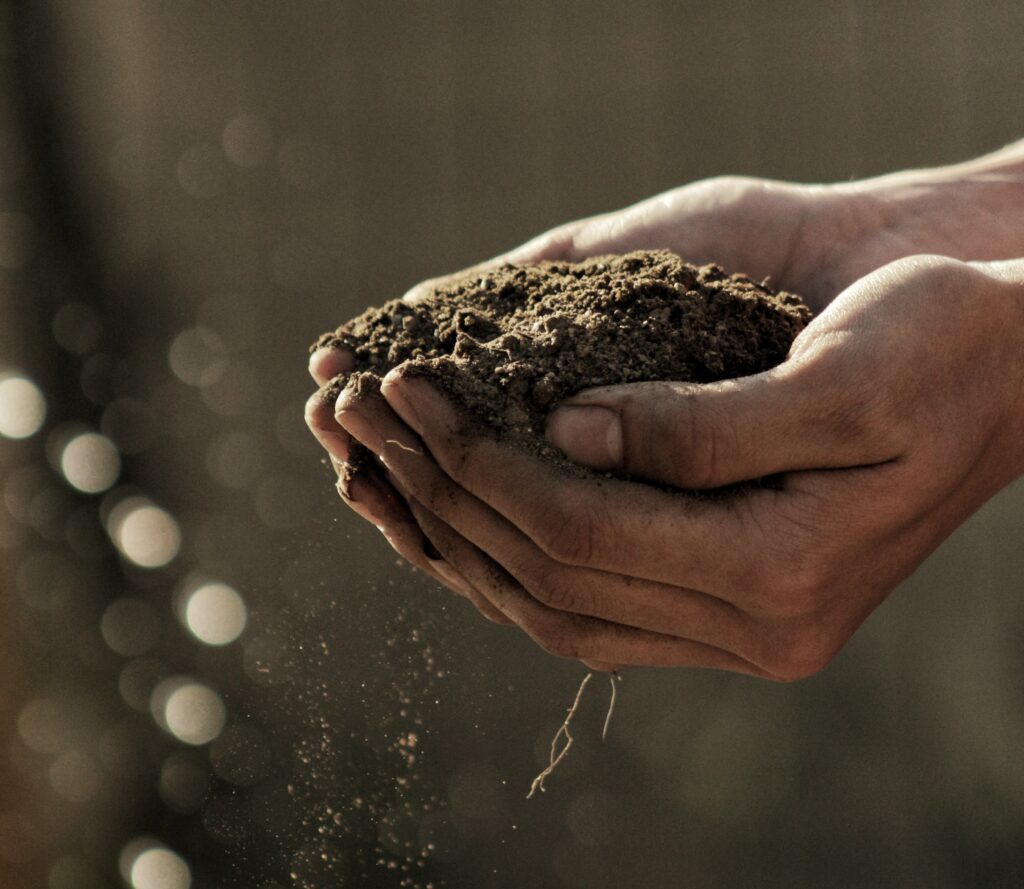Women are looking for help in developing a flourishing model of health, one in which they can plant, tend, and harvest a vibrant life. In this model, the healthcare provider is a master gardener, one who has learned to understand the nuances of the soil and individual plants, able to provide not only a vision of future possibilities during winter seasons of illness or transition but also practical guidance during summer seasons of vitality and settled daily living. This is a richly fulfilling role that many providers feel unprepared to embrace. We can find encouragement in the lovely words of this poem by Douglas Malloch (1877-1938):
Whoever Makes a Garden Whoever makes a garden has never worked alone; The rain has always found it; the sun has always shone. The wind has blown across it, and helped to scatter seeds; Whoever makes a garden has all the help he needs. Whoever makes a garden should surely not complain, With someone like the sunshine, and someone like the rain, And someone like the breezes to aid him in his toil, And someone like the Father, who gave the garden soil. Whoever makes a garden has, oh, so many friends - The glory of the morning, the dew when daylight ends. Rain and wind and sunshine, and dew and fertile sod - And he who makes a garden works hand in hand with God.

We must remember that while our role is essential and requires our commitment, we are not alone in the work. The processes of created life are strong and beautiful; our task is only to allow them to work. We are granted to time to grow into our role. How quickly we forget that we once felt unprepared to perform even basic tasks of healthcare that are now nearly habitual, carried out effortlessly. (Do you remember the first time you took a manual blood pressure or checked reflexes?) We can become a skillful and knowing tender of the human garden; we need only to begin at the beginning. Let us consider three components that provide the soil in which our growth is rooted.
Personal Health
To effectively tend to the health of others, we must first tend to our own. A rich harvest of health in our own lives provides us with the abundance we need to turn our attention outside of ourselves. We become then an inspirational and aspirational model for those we serve. Seeing that model can be their first small step toward effective gardening of their own health.
These questions can help us to become better gardeners of our own health:
- Am I following the advice I would give to a patient in this situation?
- Who or what can I turn to for an objective view of my current health status (i.e. a colleague, an outcome assessment tool, a provider at whose practice I am a patient)?
- Do I make space in my life to serve patients, or do I make space in my service to patients for life?
Resources
Any entity requires resources; these are the components that allow it to survive and thrive. A healthcare practice, just as any other entity, requires resources for survival and thriving. The necessary resources for a healthcare practice include the health of the practitioners and any staff, engaged patients, a clear purpose, and an appropriate exchange of money. These resources are often dependent upon each other for availability and effectiveness.
These questions can help us to assess the current state of our practice resources:
- Is my practice schedule set up to value the health of practitioners and staff equally with the health of patients?
- Are my patients engaged in growing their own health with our help and guidance, or do they perceive our practice as a place to receive pre-formed health?
- Do our standard daily procedures flow naturally from our stated purpose while flowing easefully into an appropriate exchange of money?
Cohesion
The process of growth often results in wandering and wayward components; a wise gardener addresses these with pruning. Pruning, however, is a task that must be undertaken with skillful care and understanding, not only of the intricacies of the plant but also of the desired outcome. A cohesive practice is one in which each component of the daily experience for practitioners, staff, and patients is included or removed purposefully.
These questions can help us to increase the cohesiveness of our practices:
- Do I have a clear understanding of the full patient (or staff, or practitioner) experience at my practice? Is this experience consistent with our practice purpose?
- Do I have a clear vision of how my current knowledge and skills interact with my patients to promote their health? Are there gaps in my knowledge or skills that need to be filled, either through additional education or training or through a partner practitioner?
- Are we doing anything that we don’t have a specific purpose for doing? Can we remove or replace it? If not, how can we identify the underlying purpose for that action?

Flourishing as a Gardener
As we begin to embrace the role of master gardener, we will find a renewed joy and flow in our daily practice. We will see improved outcomes for our patients and ourselves. We will come to a deeper understanding of the processes that facilitate vibrant health and a greater ability to use our knowledge and skills to promote them effectively. We will reap the rich harvest of a garden well tended.
Please reach out to us if we can support you in any way.
